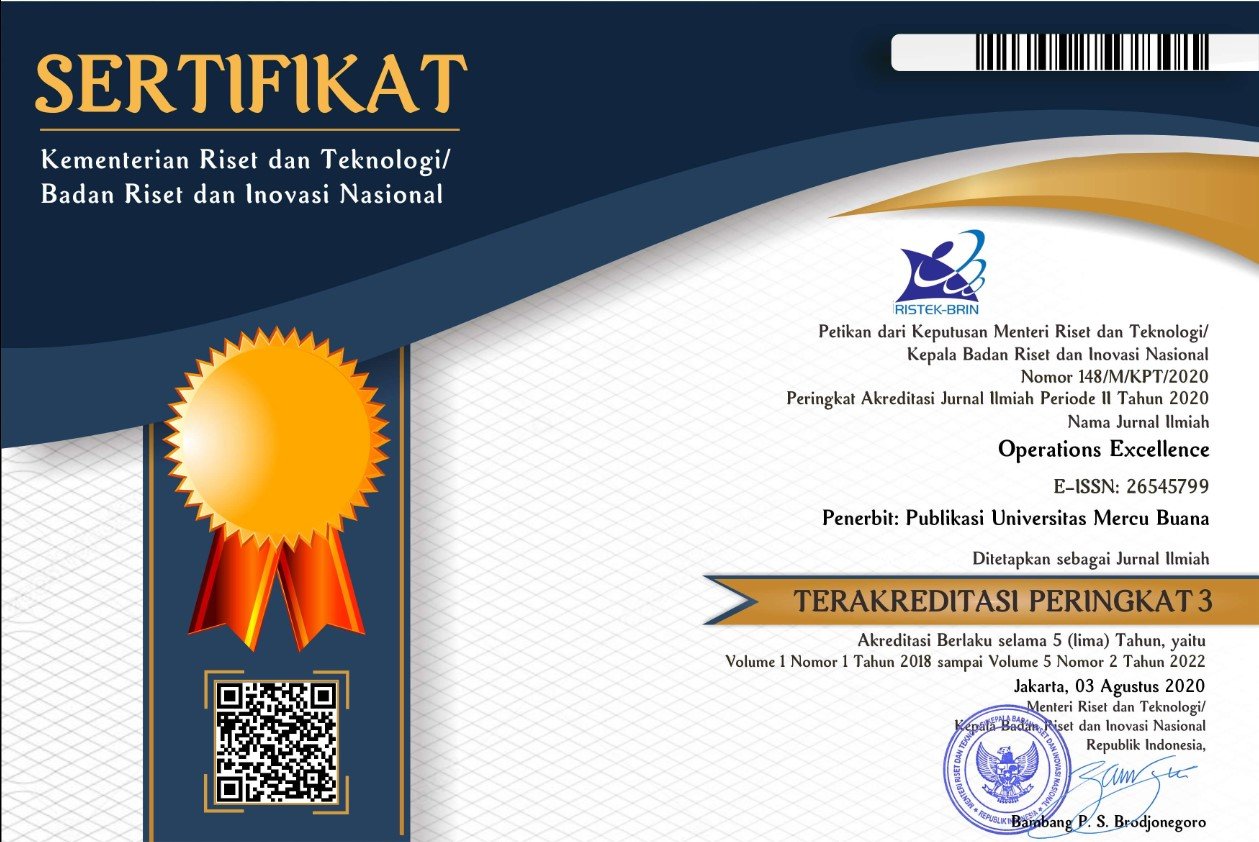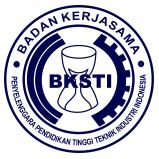Perhitungan faktor utilitas baterai pesawat dengan menggunakan metode sistem dinamis untuk mengukur tingkat ketersediaan baterai
Abstract
The role of the aircraft maintenance industry as an aircraft maintenance service which is expected to be able to maintain the survival of the aircraft itself. For example, PT GMF Aero Asia is one of the Strategic Business Units (SBU) owned by PT Garuda Indonesia which is specialized in aircraft maintenance, repair and overhaul services which include aircraft frames, engines, components and their support. In this study, a quantitative assessment of the availability and capability of maintenance facilities was carried out using a preventive maintenance method with a dynamic system model approach that describes the level of availability and maintenance capability of aircraft batteries. Calculations have been made with a computer program, POWERSIM, in actual conditions that in December 2020 the total number of batteries in maintenance was 102 batteries for Airbus types and 80 batteries for Airbus types. With the assumption that starting in 2021 there will be an increase in the number of aircraft by 1 (one) unit per month, then at the end of the study period until July 2021 the calculation of the utility factor will be as follows, the total utility factor for Boeing is still below 1, while for Airbus starting April 2021 the utility factor is above 1. So that the operator's ability to handle Airbus type battery maintenance is not sufficient. For this purpose, an alternative scenario needs to be created, namely scenario 1 by adding one operator per shift and scenario 2 by increasing the operator's workload in handling the number of batteries handled to as many as 6 battery units. The results of the calculation of the utility factor show that in both conditions the scenario gives a value below 1. The best choice in terms of simplicity in handling the number of operators, then the choice of condition scenario 2 is the best choice.
Keywords
Full Text:
PDFReferences
Badan Pusat Statistk. (2019). Data Penumpang Bandara di Indonesia. https://www.bps.go.id/indicator/17/66/2/jumlah-penumpang-pesawat-di-bandara-utama.html (Accessed: 15/05/2022)
Basirat, P., Fazlollahtabar, H., & Mahdavi, I. (2013). System dynamics meta-modelling for reliability considerations in perawatan. International Journal of Process Management and Benchmarking, 3(2), 136-153. https://doi.org/10.1504/IJPMB.2013.057723
Hutagalung, A.O., & Hasibuan, S. (2019). Determining the Priority of Medical Equipment Maintenance with Analytical Hierarchy Process. International Journal of Online & Biomedical Engineering, 15(10), 107-120
Prabowo, H.A., & Agustiani, M. (2018). Evaluasi Penerapan Total Productive Maintenance (TPM) Melalui Pendekatan Overall Equipment Effectiveness (OEE) untuk Meningkatkan Kinerja Mesin High Speed Wrapping di PT. TES. Penelitian dan Aplikasi Sistem dan Teknik Industri, 12(1), 50-62.
Rizkiyah, N.D, Sitorus, T.M, Junaedi, D., Amaludin, A. (2020). Perhitungan Biaya Pengeluaran Proyek Pemasangan Skid Injeksi Aditif dan Pewarna pada Tangki Bahan Bakar Minyak terhadap Waktu Penyelesaian dengan Metoda Sistem Dinamis. Jurnal PASTI, Penelitian dan Aplikasi Sistem dan Teknik Industri,12(3), pp.282-292. https://dx.doi.org/10.22441/pasti.2020.v14i3.006
Satrio, P., & Suryani, E. (2017). Penerapan Model Sistem Dinamik Untuk Melakukan Pemeliharaan Operasional Aset Unit Transmisi Dan Visualisasi Luaran Model Dengan Menggunakan Dashboard (Studi Kasus: PT. Pln (Persero) App Semarang). Jurnal Teknik ITS, 6(2), A325-A330.
Setiawan, I. (2021). Integration of Total Productive Maintenance and Industry 4.0 to increase the productivity of NC Bore machines in the Musical Instrument Industry. Proceedings of the 11th Annual International Conference on Industrial Engineering and Operations Management Singapore, 4701–4711.
Sukma, D.I., Prabowo, H.A., Setiawan, I., Kurnia, H., & Maulana, I. (2022). Implementation of Total Productive Maintenance to Improve Overall Equipment Effectiveness of Linear Accelerator Synergy Platform Cancer Therapy. International Journal of Engineering, 35(7), 1246–1256. https://doi.org/10.5829/ije.2022.35.07a.04
Sultoni, A., & Saroso, D.S. (2019). Peningkatan nilai OEE pada mesin printing kaca film menggunakan metode FMEA dan TPM. Operations Excellence: Journal of Applied Industrial Engineering, 11(2), 131–143. https://doi.org/10.22441/oe.v11.2.2019.022
Thun, J.H. (2004). Modelling modern perawatan–a System Dynamics model analyzing the dynamic implications of implementing total productive perawatan. In 22nd International System Dynamics Conference, Oxford, UK.
Thun, J.H. (2006). Maintaining preventive perawatan and perawatan prevention: analyzing the dynamic implications of Total Productive Perawatan. System Dynamics Review: The Journal of the System Dynamics Society, 22(2), 163-179.
Wijayanto, A.B., & Tjahjaningsih, Y.S. (2019). Analisis Total Productive Perawatan pada mesin-mesin unit work working 2 dan 5 (Studi Kasus di Divisi Produksi 2 PT KTI). Prosiding SENIATI, 172-17
DOI: http://dx.doi.org/10.22441/oe.2022.v14.i1.041
Refbacks
- There are currently no refbacks.
Copyright (c) 2022 Operations Excellence: Journal of Applied Industrial Engineering

This work is licensed under a Creative Commons Attribution-ShareAlike 4.0 International License.
Journal ISSN:
| Print ISSN: 2085-4293 | |
| Online ISSN: 2654-5799 |
Tim Editorial Office
Operations Excellence: Journal of Applied Industrial Engineering
Magister Teknik Industri Universitas Mercu Buana
Jl. Raya Meruya Selatan No. 1 Kembangan Jakarta Barat
Email: [[email protected]]
Website: http://publikasi.mercubuana.ac.id/index.php/oe
Journal DOI: 10.22441/oe
The Journal is Indexed and Journal List Title by:

.png)
.png)
.png)


Operations Excellence: Journal of Applied Industrial Engineering is licensed under a Creative Commons Attribution-NonCommercial-ShareAlike 4.0 International License.










